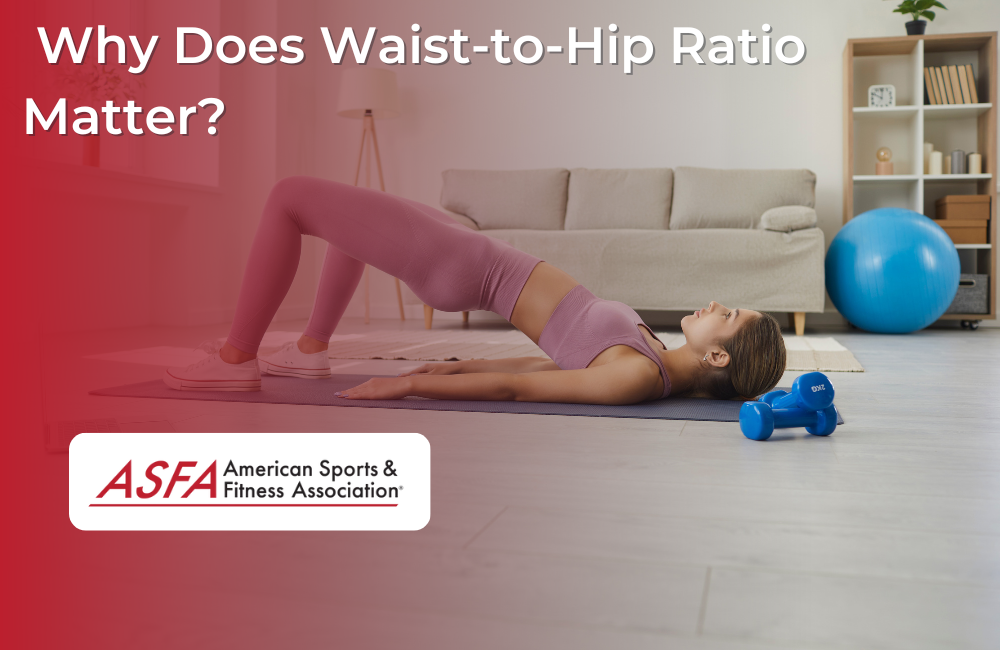The waist-to-hip ratio is a measurement that can help determine your risk for certain health conditions. It's also used in body shape attraction research. Here are the basics of what it is, why you should care about it, and how you can calculate yours.
The waist-to-hip ratio is a measurement that's associated with better health.
The waist-to-hip ratio is a measurement that's associated with better health. It's a good measure of body fat distribution, and it can be a better predictor of heart disease risk than BMI.
What's a good waist-to-hip ratio? A study published in the Journal of Clinical Endocrinology & Metabolism found that people with an ideal waist-to-hip ratio had lower levels of cholesterol and triglycerides (two types of fats), as well as higher levels of HDL ("good") cholesterol compared to those who had an apple shape or pear shape (with more belly fat). However, this study didn't include any information about what constitutes an "ideal" WHR for men or women specifically; instead, they just looked at averages across all participants.
So what does this mean for you? The best way to find out whether you have too much abdominal fat--and if so, how much--is by measuring your waist circumference using these steps:
This ratio is also used to determine if you're at a healthy weight. The World Health Organization states that women with a waist-to-hip ratio of 0.80 or lower and men with a waist-to-hip ratio of 0.94 or lower are at a healthy weight.[2]
What is the waist-to-hip ratio?
A waist-to-hip ratio is a measurement of body fat distribution. It's the circumference of your waist divided by the circumference of your hips. A high waist-to-hip ratio indicates that you have more abdominal fat, which can be an indicator of poor health.
For women, having a WHR higher than 0.80 may increase their risk for heart disease and diabetes (1). For men, having an elevated WHR has been linked to an increased risk for cardiovascular disease (2). Having too much abdominal fat puts pressure on blood vessels as well as nerves and organs inside your abdomen--which can lead to chronic inflammation throughout the body (3).
Why does it matter?
The waist-to-hip ratio is a more accurate measure of health than BMI.
- The waist-to-hip ratio is a better predictor of heart disease than BMI.
- It's used by healthcare professionals more often than BMI.
Why does this matter? Because the only way you can have a healthy body is if your waist and hips are in proportion with each other, which means that your waist should be smaller than half of your hip circumference (for example: if you have 40 inches around your hips, then 24 inches would be your ideal waist size). The problem with using just one measurement like BMI or weight as an indicator for overall health is that there are many other factors involved such as bone density or muscle mass; these aren't taken into account when calculating either number so they may not necessarily reflect how healthy you really are!
How to figure out your waist-to-hip ratio.
To find your waist-to-hip ratio, take two measurements:
- Your waist measurement should be taken at the narrowest part of your torso. For example, if you bend over and place a measuring tape around where your belly button would be if it were visible (it isn't), that would be an appropriate measurement.
- Measurements for hips are taken at their widest point--usually 4 inches below the belly button or above it.
Then divide your waist by hip measurements to get a number between 0 and 1 (1 being more masculine). A higher number indicates more feminine characteristics and vice versa for lower numbers; however, most people fall within the 0.9 to 0.7 range which is considered healthy according to studies done on this subject matter.[3]
Share the love.
There's a lot of information here, and it can be overwhelming. I know! But don't worry--I've got you covered.
First, share this article with your friends and family! Tell them how much you love them and how excited you are for them to learn about waist-to-hip ratios together (or not). Second, make sure they're aware that the average male has a WHR of .8, while women average out at .85. Finally, if someone wants to share this piece of content with their followers on social media but doesn't have time themselves, let them know that we'd be happy to do so: just send us an email at [email protected]
The goal of weight loss is to remove fat everywhere, including your abdomen, hips, and butt.
The goal of weight loss is to remove fat everywhere, including your abdomen, hips, and butt.
The waist-to-hip ratio is a measurement that's associated with better health. It's also a simple way to measure how much fat you have around your middle. And it's not the same as body mass index (BMI), which measures overall body size rather than where you store fat on your body. The more important number here is the ratio itself: A lower number means less of a risk for chronic diseases like diabetes or heart disease; an upper number means higher odds of these conditions developing over time.
Measuring waist and hip circumferences accurately can be tricky if you're wearing tight clothing or if there is excess skin around either area due to weight loss or pregnancy (or both). If this is the case for you, try measuring under loose clothing after drinking some water first so that any extra fluid will help fill out those areas before taking measurements--but don't drink too much!
Conclusion
If you have a high waist-to-hip ratio, you may be at risk for health problems. It's important to know what your number is and how to improve it. If you think that your waist-to-hip ratio is too high, talk with your doctor about ways to lower it before beginning any diet or exercise program.





